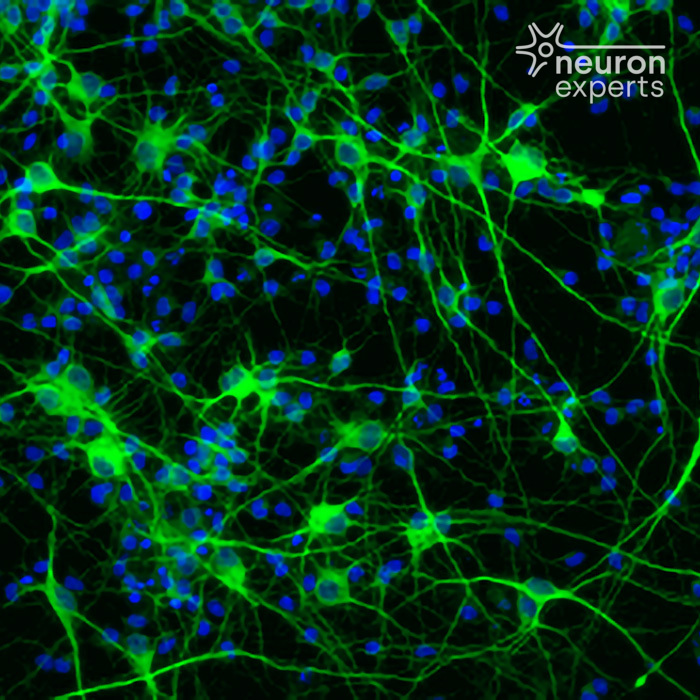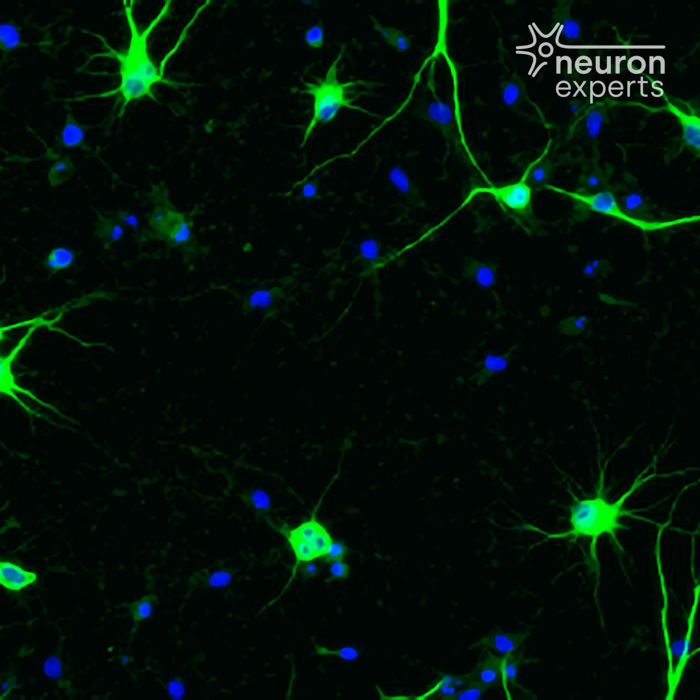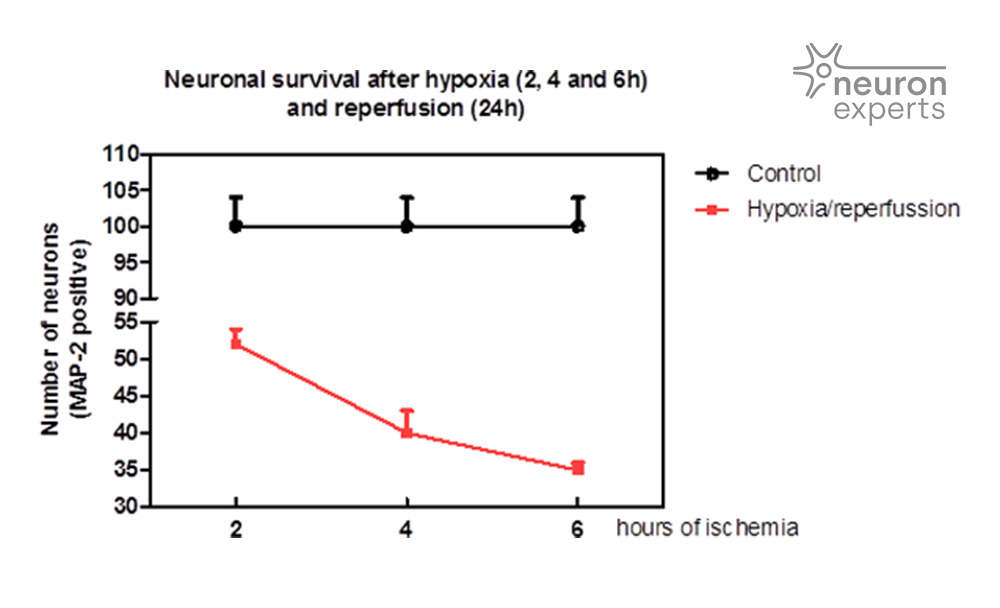Stroke and dementia represent a major health issue as they are associated with significant morbidity and mortality. Although the physiopathology of these diseases is complex and multi-factorial, ischemia (oxygen / glucose deprivation) and ischemia-induced excitotoxicity are two common features. Vessel occlusions (ischemic stroke) account for 85% of all strokes. Subcortical ischemic vascular dementia (SIVD), a form of multi-infarct dementia, has been proposed as a subtype of vascular cognitive impairment, characterized by lacunar infarcts that represent 20-30% of symptomatic stroke. A significant portion of ischemia-induced neuronal damage is mediated by excitotoxicity, an excessive accumulation in the extracellular space of excitatory amino acids such as glutamate, which is the major excitatory neurotransmitter in the brain, leading to toxic increases in intracellular calcium.
Cell System
- Primary culture of cortical
- Primary culture of hippocampal neurons
- Neurons / glial cells co-culture
- Primary coculture of cortical neurons-glial cells
- Cortical or hippocampal neurons culture in Microfluidic Chamber
- Human IPS derivated cortical neurons

MAP2 staining of cortical neurons in control medium

MAP2 staining of cortical neurons after ischemia
Model of Intoxication
- Glutamate injuries
- Kainate injuries
- Oxygen / Glucose deprivation
Endpoint Evalution
- Evaluation of neurons (MAP-2 or NF 200 kd)
- Apoptosis evaluation (Caspases 3 and 9)
- Loss of neurite (microtubule destabilisation)
- Synapses loss
- Oxidative stress
- Mitochondria injuries
- Hyperphosphorulatio of Tau protein
- Intracellular calcium quantification
- Release of cytokines
- ...

Kinetic of MAP-2 positive neuron survival after different times of oxygen/glucose deprivation and 24h reperfusion injury expressed in percentage of control.
